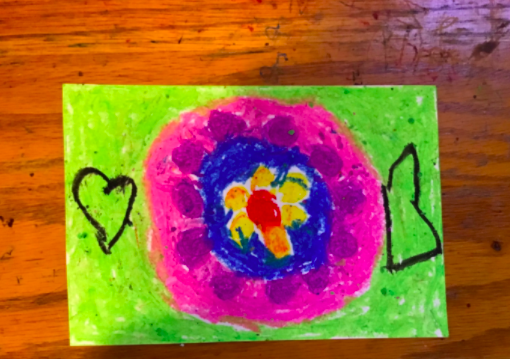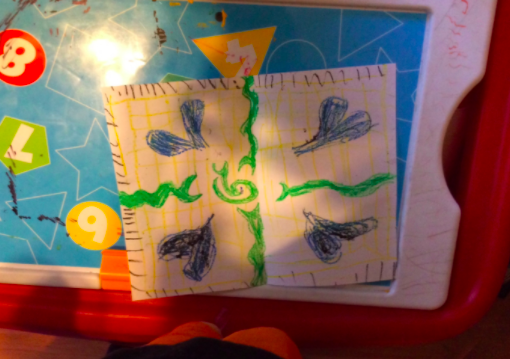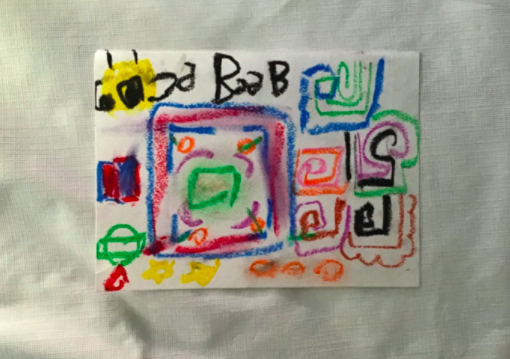Mindfulness is an important part of a trauma-informed, emotionally literate classroom, and is a cornerstone of the foundation of my teaching. Research finds that mindfulness practices can help decrease stress and anxiety, and strengthen resilience and emotional regulation for both adults and children.
Why is mindfulness important? Brain research shows that negative emotions like fear and anxiety put the brain into survival mode in which new information cannot enter the prefrontal cortex, the part of the brain that allows us to learn (Willis, 2007). When people experience chronic or regular stress, fear or anxiety, the brain becomes flooded with cortisol which causes them to become more reactive and prone to outbursts. For students to learn, they must be calm and emotionally balanced.
Mindful breathing techniques help soothe the brain when stressed and positively impact all students’ ability to learn and be present in the classroom (Willis, 2007, Ginwright, 2016). These techniques have high gains for all students and are an essential part of trauma-informed teaching practices. That equals good teaching! Mindfulness breathing practices are becoming more common in elementary schools across the United States. Let’s keep the momentum growing!
Mindful Breathing Resources
My First Grade students and I begin our school day by greeting each other, sharing life news, and an emotional check-in. Then we consciously breathe together using a variety of mindful breathing techniques to center, concentrate and release tension. Here are some resources I use and recommend that you may find helpful whether you are a teacher or caregiver.
#1 Mindful Breathing by ClassDojo
This short minute video walks students through a basic calming mindful breathing sequence. It is one of my class’ favorites! The visuals help young students focus on their breathing, relax and visualize the release of tension.
#2 Be the Pond by Cosmic Kids Yoga
This guided mindful meditation helps students explore breathing as a way to calm and regulate emotions. It uses the simple, kid-friendly metaphor of fish in a pond to our emotions and the calm accessible underneath them.
#3 Breathe Like a Bear: 30 Mindful Moments for Kids to Feel Calm and Focused Anytime, Anywhere by Kira Willey
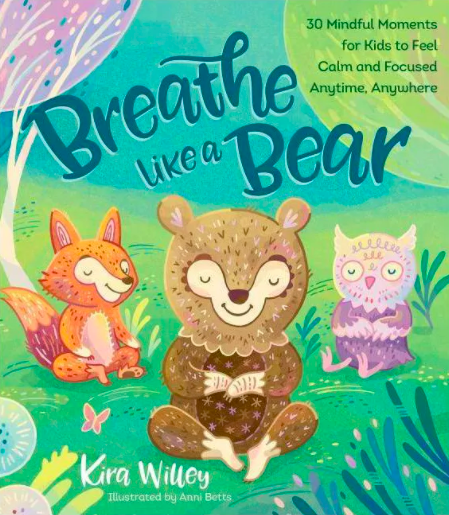
This book offers 30 simple, short breathing practices and movements designed to help kids learn to manage their bodies, breath, and emotions. It is a nice resource with cute illustrations to be able to grab and read with kids after transitions like returning to the classroom after recess or after a break.
#4 Yoga Pretzels: 50 Fun Activities for Kids & Grownups by Tara Guber
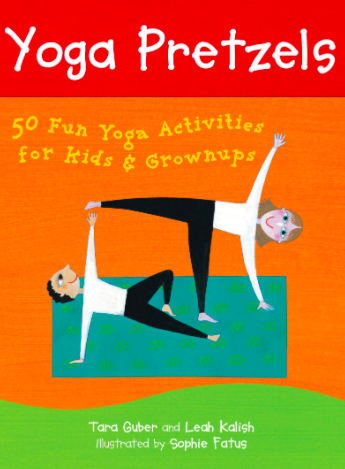
I’ve used Yoga Pretzel cards for years with my students after transitions, when it’s time to take a movement break, and during our designated Mindfulness time. Along with kid-friendly yoga poses, this card deck has a section of breathing exercises and techniques for calming down, waking up, focusing and relaxing.
#5 Meditation Cards for Kids by Imagine
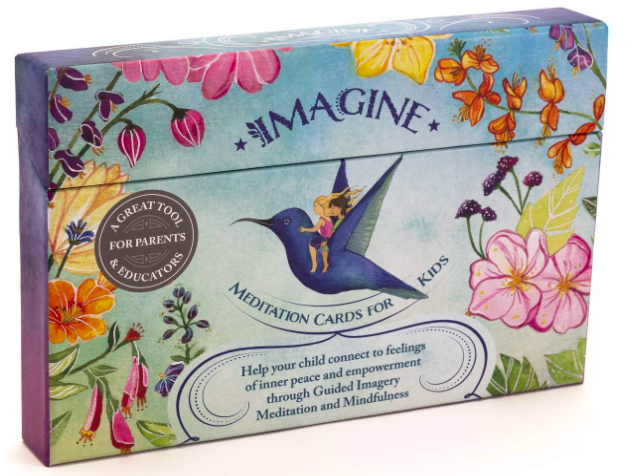
This card deck contains 26 colorful, fantastically illustrated cards with mindfulness activities. They walk kids through guided meditations and visualizations of safe, inspiring spaces, gentle adventures and relaxing gardens. Recommended for younger students under age 8. Older students may giggle at the very California, bordering on too-New Age language.
In Hope and Healing in Urban Education: How Activists and Teachers are Reclaiming Matters of the Heart, Shawn Ginwright (2015) discusses his vision of a new movement in urban education centered around healing justice to address and repair the damage caused by structural violence and systematic oppression in urban communities.
This vision is rooted in building community and collective hope, in which teachers play an important role beyond traditional standards-based instruction. Ginwright proposes a framework of healing strategies teachers and educators can utilize in schools. Two key pieces of this framework are Mindfulness and Restorative Justice. It is through this lens of healing justice that I see healing practices and this kind of social and emotional learning as essential to the classroom.
References
Ginwright, S. A. (2016). Hope and healing in urban education: how urban activists and teachers are reclaiming matters of the heart. New York: Routledge.
Los Angeles Unified School District. (2020). Creating Trauma and Resilience Informed School Communities. https://lausd.csod.com/ui/lms-learning-details/app/curriculum/444cd4f7-647b-474d-9134-8432dad54ccd
Willis, J. (2007). What you should know about your brain. Educational Leadership, ASCD, 1-3.
